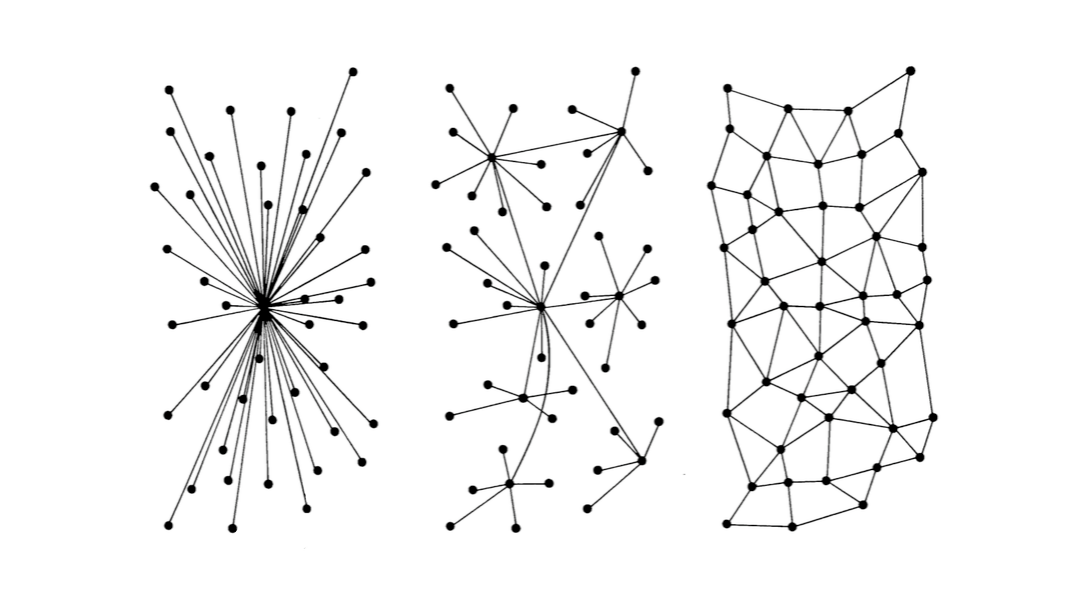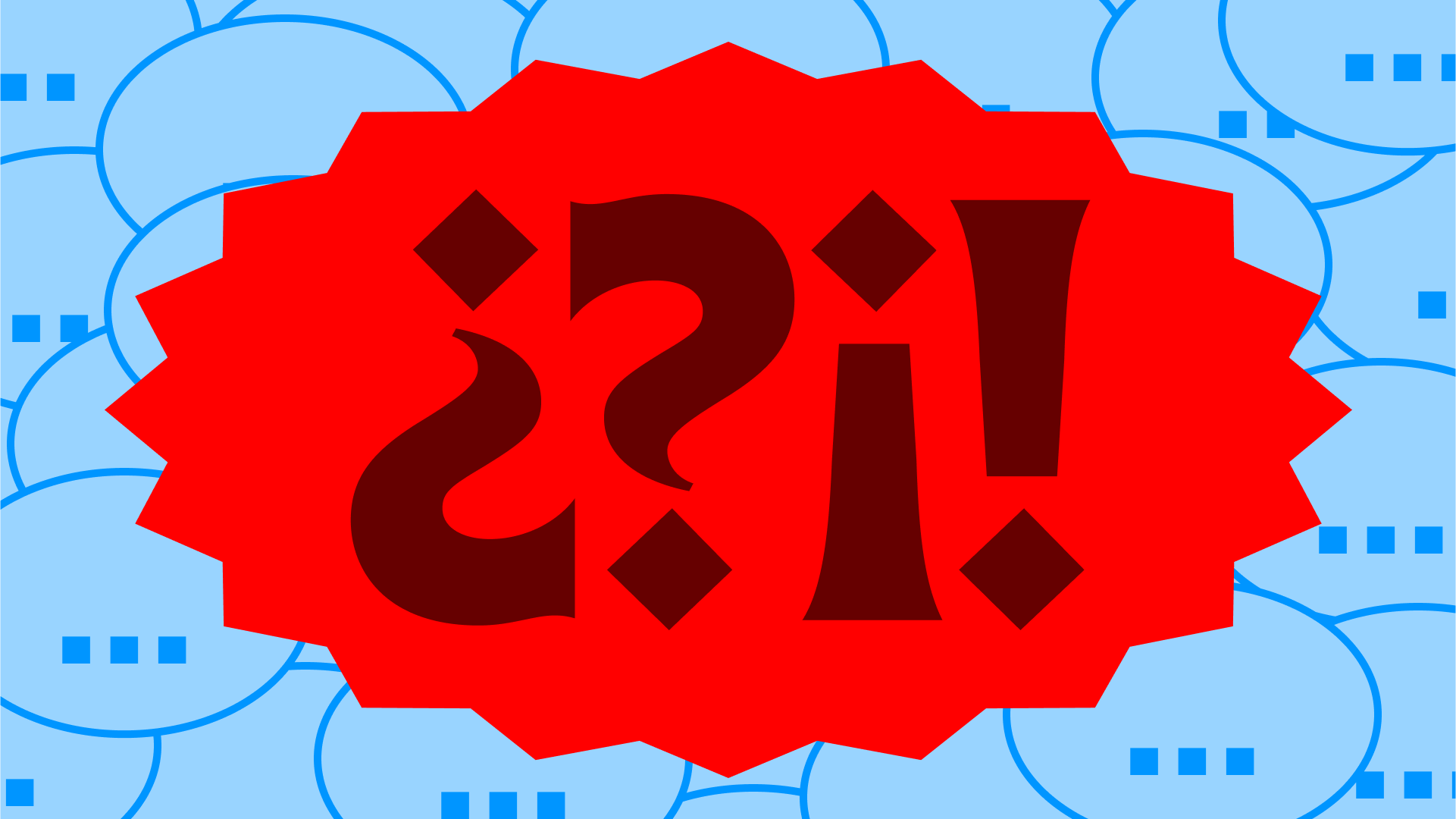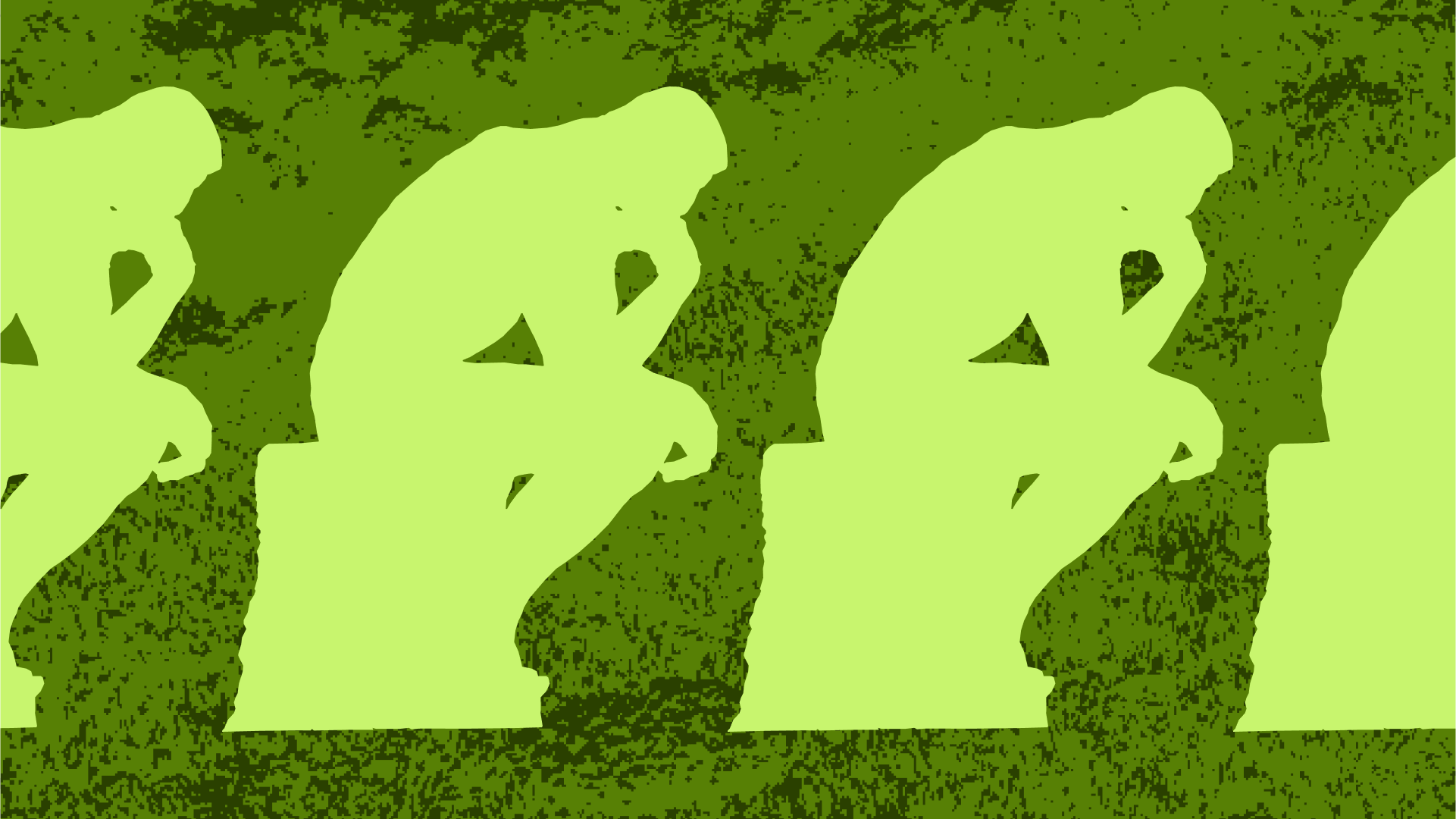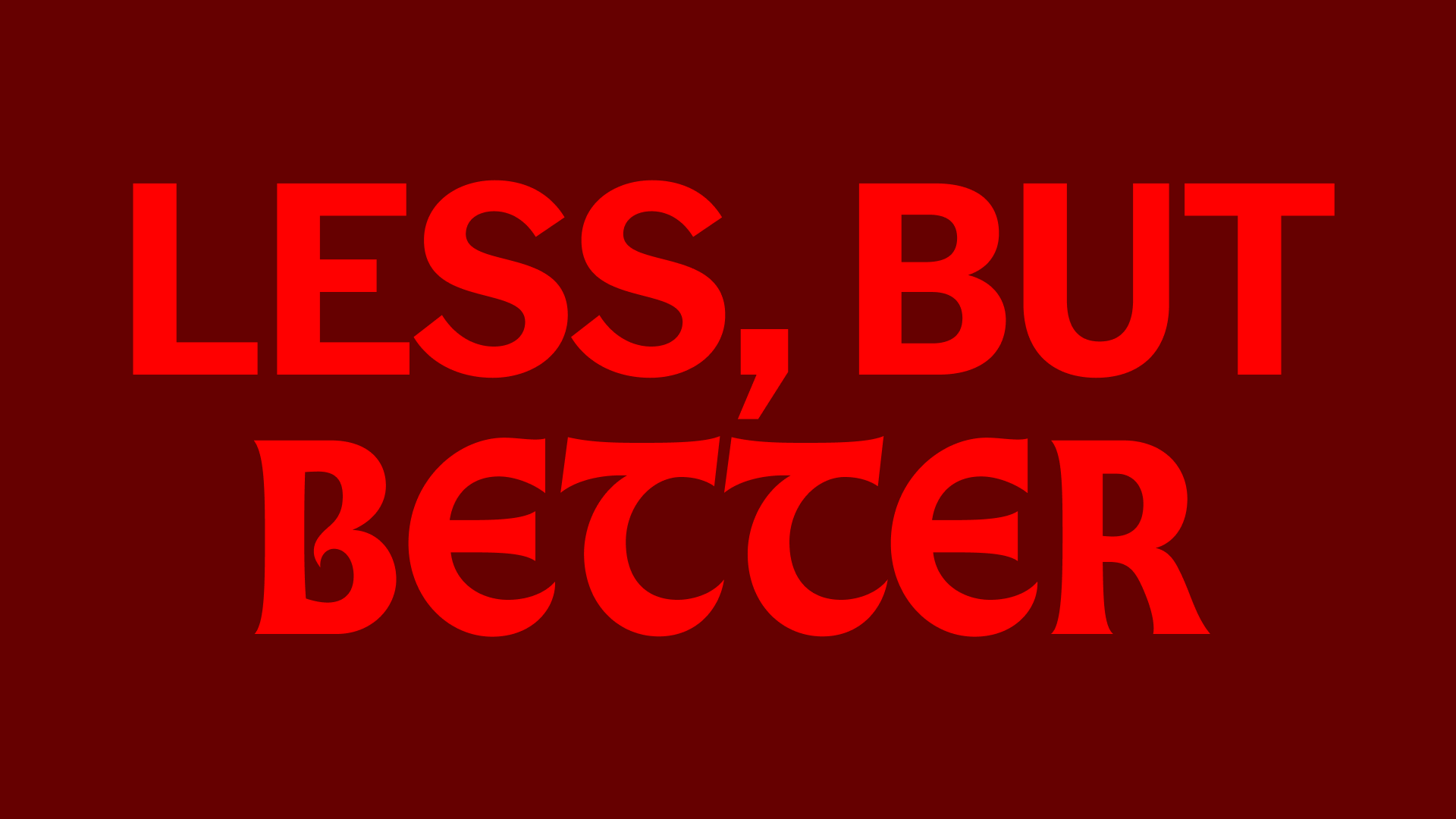🍄 Growth Imperatives No. 2: Connections
Rethinking the cloud, our senses, and how we do business.

Growth Imperatives—a curation of found ideas I send every other week—asks how we can imagine the world differently.
This week, I want to share a few articles about different types of connections:
☁️ The Physical Burden of The Cloud
⛓️💥 Missed Connections
👨🏽💼Redefining How We Do Business
☁️ The Physical Burden of The Cloud
This article asks us to consider the cloud's macro- and micro-environmental impacts. Just because we may often forget about its physicality—servers, wires, cooling systems—doesn’t mean those elements cease to exist. How can we use our awareness to make design decisions that reduce or eliminate data burdens?
While some of the most advanced, “hyperscale” data centers, like those maintained by Google, Facebook, and Amazon, have pledged to transition their sites to carbon-neutral via carbon offsetting and investment in renewable energy infrastructures like wind and solar, many of the smaller-scale data centers that I observed lack the resources and capital to pursue similar sustainability initiatives. Smaller-scale, traditional data centers have often been set up within older buildings that are not optimized for ever-changing power, cooling, and data storage capacity needs. Since the emergence of hyperscale facilities, many companies, universities, and others who operate their own small-scale data centers have begun to transfer their data to hyperscalers or cloud colocation facilities, citing energy cost reductions.
According to a Lawrence Berkeley National Laboratory report, if the entire Cloud shifted to hyperscale facilities, energy usage might drop as much as 25 percent. Without any regulatory body or agency to incentivize or enforce such a shift in our infrastructural configuration, there are other solutions that have been proposed to curb the Cloud’s carbon problem. Some have proposed relocating data centers to Nordic countries like Iceland or Sweden, in a bid to utilize ambient, cool air to minimize carbon footprint, a technique called “free cooling.” However, network signal latency issues make this dream of a haven for green data centers largely untenable to meet the computing and data storage demands of the wider world. [...]
Beyond cooling, the energy requirements of data centers are vast. To meet the pledge to customers that their data and cloud services will be available anytime, anywhere, data centers are designed to be hyper-redundant: If one system fails, another is ready to take its place at a moment’s notice, to prevent a disruption in user experiences. Like Tom’s air conditioners idling in a low-power state, ready to rev up when things get too hot, the data center is a Russian doll of redundancies: redundant power systems like diesel generators, redundant servers ready to take over computational processes should others become unexpectedly unavailable, and so forth. In some cases, only 6 to 12 percent of energy consumed is devoted to active computational processes. The remainder is allocated to cooling and maintaining chains upon chains of redundant fail-safes to prevent costly downtime. [...]
The ecological dynamics we find ourselves in are not entirely a consequence of design limits, but of human practices and choices — among individuals, communities, corporations, and governments — combined with a deficit of will and imagination to bring about a sustainable Cloud. The Cloud is both cultural and technological. Like any aspect of culture, the Cloud’s trajectory — and its ecological impacts — are not predetermined or unchangeable. Like any aspect of culture, they are mutable.
Read: The Staggering Ecological Impacts of Computation and the Cloud by Steven Gonzalez Monserrate
⛓️💥 Missed Connections
Biologist and author David G. Haskell talks in this interview about the environmental connection that is missing from design and society at large. The focus on ‘embodied senses’ is particularly interesting; as I talked about last week in the main Otherwise newsletter, disconnection from our emotions and senses is one way the current system survives. How would the value of the design industry shift if we were more connected, both with ourselves and the non-human world?
Trees are rooted in the Earth in what we call soil but what is really the dust of the ancestors. And so the trees drew my imagination back into the past: Where did all this amazing, diverse sound come from? What stories are buried down there in the soil? And how do they intersect with the everyday human experience of sound—of listening to music and talking? [...]
The rainforest is an ecosystem that in many ways is self-sustaining. It builds soil, it holds nutrients within itself, it’s a crucible for innovation, for new species and new adaptations. Despite the complications, great triumphs of creativity and cooperation and productivity and fruitfulness arise from the forest. Imagine if we could be that way. And I think in our better moments humans are indeed that way—we’re a species that can be incredibly cooperative and negotiate lots of complicated tangles; but often, and particularly in relation to the rest of life, we tend to literally bulldoze our way through, imposing one narrative rather than creating spaces where a multiplicity of stories can be present at once. [...]
Without connection, every living being withers and dies. And what does that connection entail? It involves the senses. How do we get food into our bodies? Through the sense of smell and taste and through tactile senses. How do we connect to one another as humans? Through spoken language, through music. How do we learn about the rest of the world? Through being embodied creatures. And so the fact that many of the sensory modalities that we use, and other creatures use, are being cut and fragmented now is a crisis on the same level as the crises of chemistry, of pollution, and of species loss. In fact, to speak of them as separate things is a lie, because climate change and species loss and the loss of sensory connection between creatures and sensory diversity are intersecting and tangled with one another. [...]
We need to teach ourselves that the senses are essential, not just for the thriving of life, but for us to be good neighbors and kin. If we’re not listening, how can we possibly attempt to be a good neighbor to brother and sister wolf, to the whales in the ocean, to the birds in the forests? If we’re not paying attention through our own senses, we have disengaged from the primary mode in which every creature since the origin of life has connected to its environment. And if we’re not listening, we’ve got no stories to tell the future.
Read: Listening and the Crisis of Inattention, an interview with David G. Haskell
👨🏽💼 Redefining How We Do Business
This food-for-thought article by digital sustainability expert Tom Greenwood questions how our business activities are influenced by the words we use to describe them and whether defining those activities in other ways could lead us to value other metrics.
In challenging our modern assumptions, it’s helpful to look back at whether a more sustainable, less busy economy has ever existed. According to anthropologist Marshall Sahlins, it did. In 1972 he published the book Stone Age Economics in which he proposed that our modern culture has greatly misunderstood indigenous cultures and early human societies. He highlighted we are prejudiced to see these societies as poor because we measure wealth in money and not in time and wellbeing. Turning this on it’s head, he described these cultures as “the original affluent society” who worked just 15-20 hours per week to meet their needs and wants, with the rest of their time free to talk, dance, sing, make arts and crafts, and ponder the mysteries of life. [...]
Of course, these early cultures had their fair share of problems, such as high infant mortality and tribal warfare, but they also had adult life expectancy similar to western societies today, lots of free time, close knit communities and true sustainability within their natural environments. I’m not suggesting that we should go back to that, but when forming visions for the future that we want to create, we would serve ourselves well to remember that much of what we want is not fundamentally difficult to achieve. [...]
Maybe sustainable business seems difficult precisely because it is an oxymoron. What if we reframed our ambitions and perspectives in a way that challenged the narrative of being constantly busy? We might adapt to talking about sustainable companies, organisations, communities, careers or lifestyles. We might describe what we do through impact models and service models instead of business models. We might no longer make business plans and instead make progress plans or achievement plans, defining success by the difference we make in the world rather than the amount of activity generated. We might even finally make the shift to thinking of our organisations and their role in society as systems.
Read: Should we abolish busyness? by Tom Greenwood





Discussion